Eurozone PMI Services was finalized at 53.5 in August, revised up from 53.4, slightly up from July’s 53.2. PMI Composite was finalized at 51.9, up from July’s 51.5. Among the member states, Italy PMI Composite dropped to 2month low at 50.3. German PMI Composite rose to 2-month high of 51.7. France PMI Composite rose to 9-month high of 52.9.
Chris Williamson, Chief Business Economist at IHS Markit said:
“The eurozone remained mired in a fragile state of weak and unbalanced growth in August,
“Although up on July, the latest reading indicates that GDP will rise by just 0.2% in the third quarter, assuming no substantial change in September. Official data available so far for the quarter suggest growth could be even weaker.
“The picture remains very mixed both by sector and country, highlighting how downside risks persist. A fierce manufacturing downturn, fuelled by deteriorating exports and most intensely felt in Germany, continues to be offset by resilient growth in the service sector, in turn propped up to a large extent by solid consumer spending in domestic markets.
“The big question is how long this divergence can persist before the weakness of the manufacturing sector spreads to services and households. With jobs growth waning to the slowest since early-2016 a deteriorating labour market looks set to be a key transmission mechanism by which the trade-led downturn infects the wider economy. A sharp drop in business optimism about the coming year in the service sector, down to the joint-lowest for six years, suggests that companies are already braced for tougher times ahead.
“We therefore expect to see renewed stimulus from the ECB in September as the central bank seeks to revive demand and stem the spreading malaise.”
Full release here.




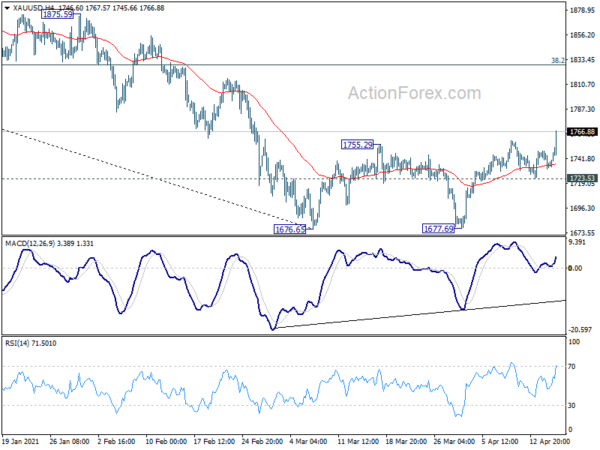
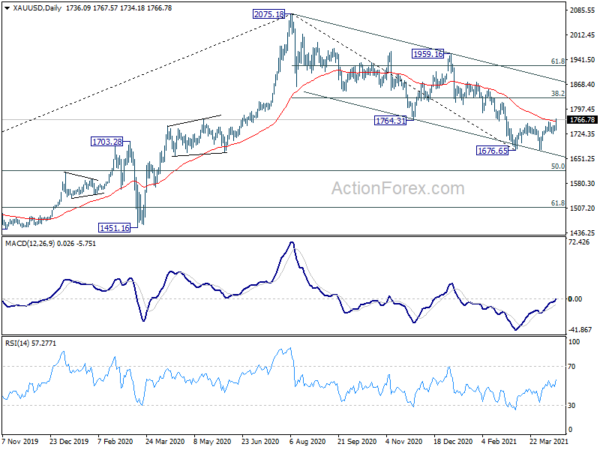
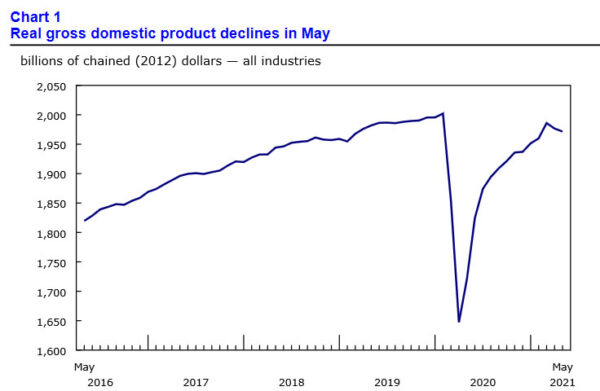
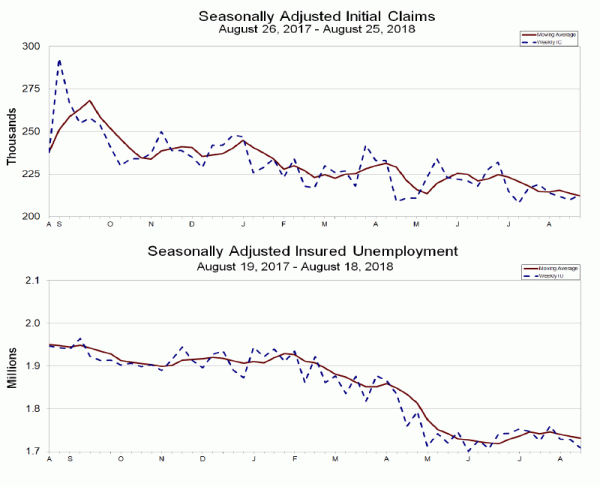
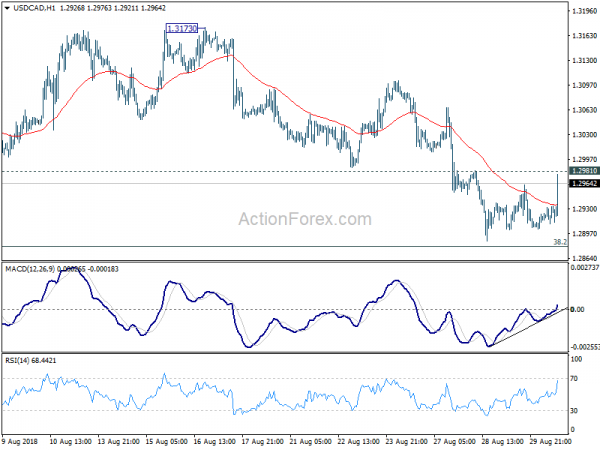
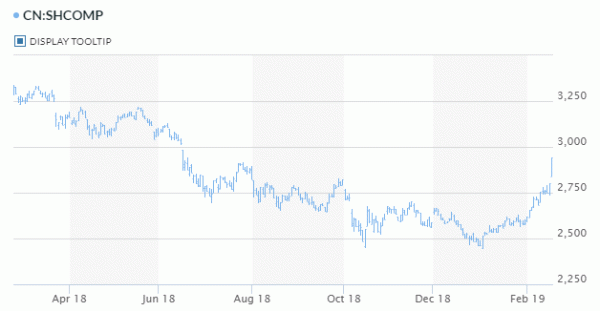
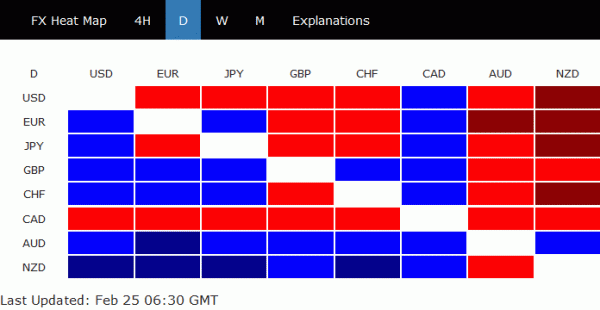

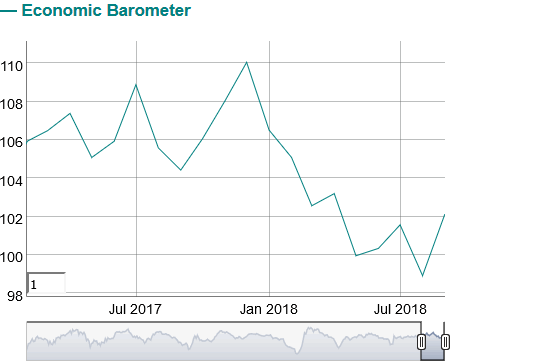
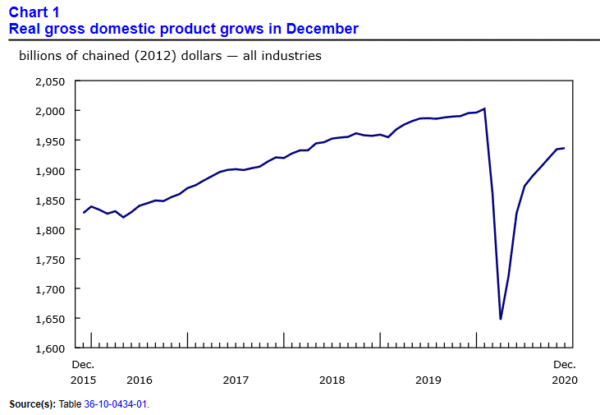
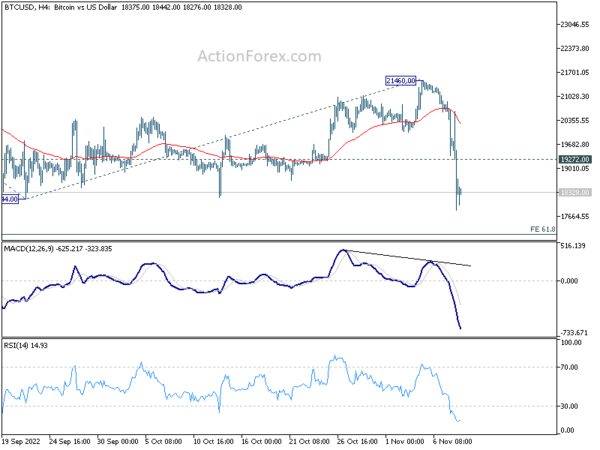
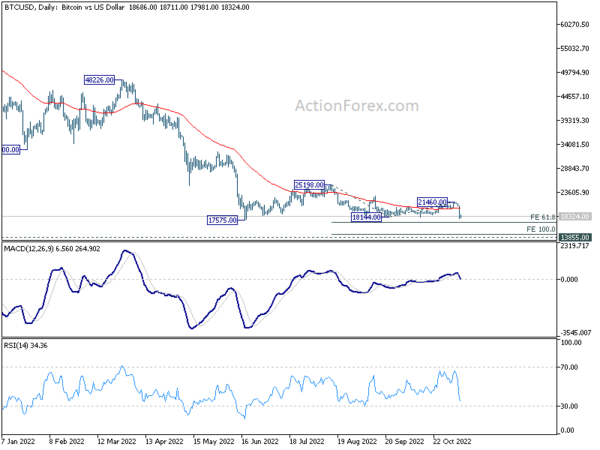
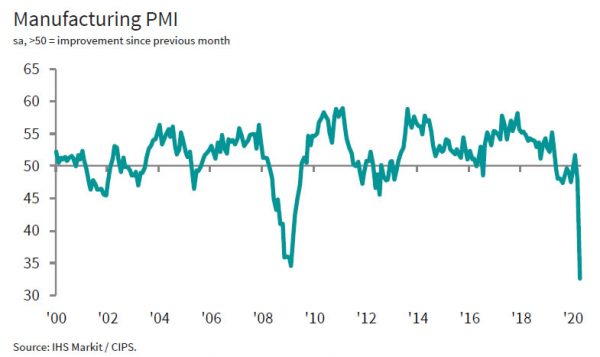

China insists core concerns must be resolved before trade agreement with US
China continues to talk down expectations of upcoming Xi-Trump summit at G20 in Osaka next week. Chinese commerce ministry spokesman Gao Feng said “the heads of the two trade teams will communicate, according to instructions passed down from the two presidents.” And, “we hope (the United States) will create the necessary conditions and atmosphere for solving problems through dialogue as equals.”
But most importantly, Gao insisted that “China’s principles and basic stance on Sino-U.S. economic and trade consultations have always been clear and consistent, and China’s core concerns must be properly resolved.” He was clearly referring to disagreement on the three matters of principle that led to the collapse of trade negotiation earlier this year.
To recap, the three main differences include removal of all additional tariffs with the agreement. The among of additional Chinese purchases of US goods have to be realistic. And text of the agreement must be balanced without intrusion of sovereignty. It’s believed that the third one, regarding removal of texts that force China to implement the agreement in domestic laws, is the most crucial red line.